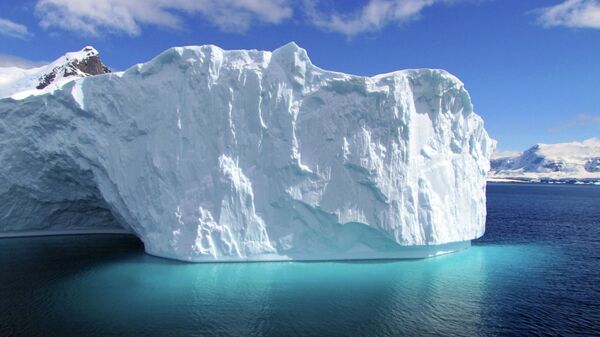Scientists from the University of Colorado say the massive iceberg swirling around South Georgia Island is continuing to disintegrate and lose mass. Ted Scambos said the behemoth, which was 5,600 square kilometres (1,500 square miles) when it broke from the ice shelf, has since shed most of its mass.
In the past month, A68a "lost" 1,400 square kilometres, and according to researchers, on 19 January it measured 2,450 square kilometres (946 square miles). Scambos said the edges of the iceberg have curled up like "a dinner plate", prompting pieces to fall apart.
Although this news may instil some hope, it is far from perfect. According to researchers, the so-called "child bergs", smaller pieces of the iceberg which are in fact also enormous, still pose a threat to penguins and other fauna on South Georgia Island, as they can block animals from foraging if they stick near the island and thereby prevent them from finding food.
"There’s city-block-sized bergs that are drifting around", Scambos said
Scientists are currently monitoring six of these smaller pieces. Researchers say that in the end, these "child bergs" will melt and thin away as the water is too warm to sustain them. When this will happen remains unknown.



